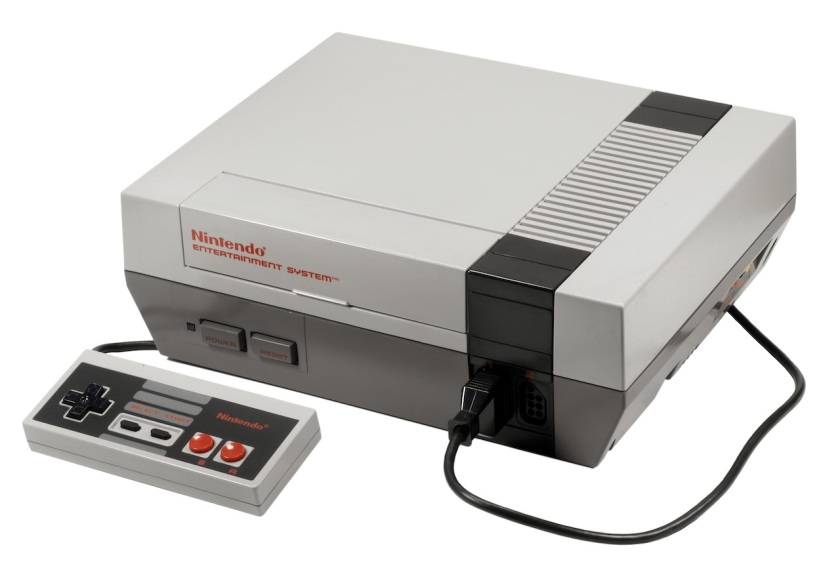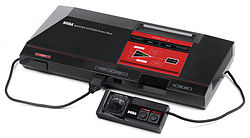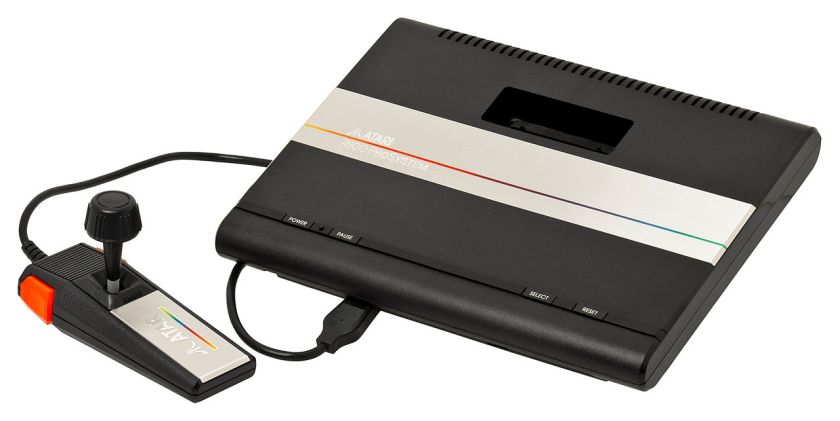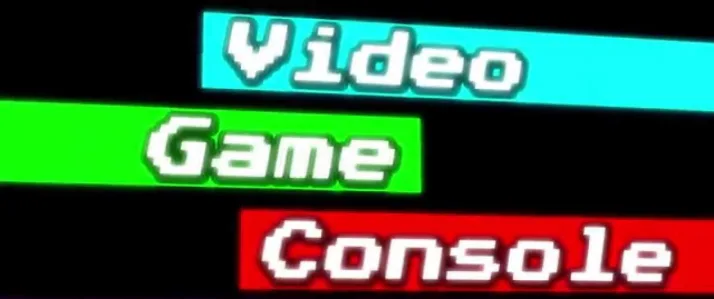In the history of computer and video games, the third generation (sometimes referred to as the 8-bit era) began on July 15, 1983, with the Japanese release of both the Family Computer (referred to in Japan in the abbreviated form “Famicom”, and later known as the Nintendo Entertainment System, or NES, in the rest of the world) and SG-1000. This generation marked the end of the North American video game crash, a shift in the dominance of home video games from the United States to Japan, and the transition from block-based graphics to smooth hardware scrolling tile and sprite based graphics, which was a pivotal leap in game design.
The best-selling console of this generation was the NES/Famicom, followed by the Master System and then the Atari 7800. Although the previous generation of consoles had also used 8-bit processors, it was at the end of this generation that home consoles were first labeled by their “bits”. This also came into fashion as 16-bit systems like the Mega Drive/Genesis were marketed to differentiate between the generations of consoles. In Japan and North America, this generation of gaming was primarily dominated by the Famicom/NES, while the Master System dominated the European and Brazilian markets. The end of the 3rd generation of video games comes as 8-bit consoles become obsolete in graphics and processing power compared to 16-bit consoles.

Nintendo Entertainment System/NES (1985-1995)

Sega Master System (1985-1992)


